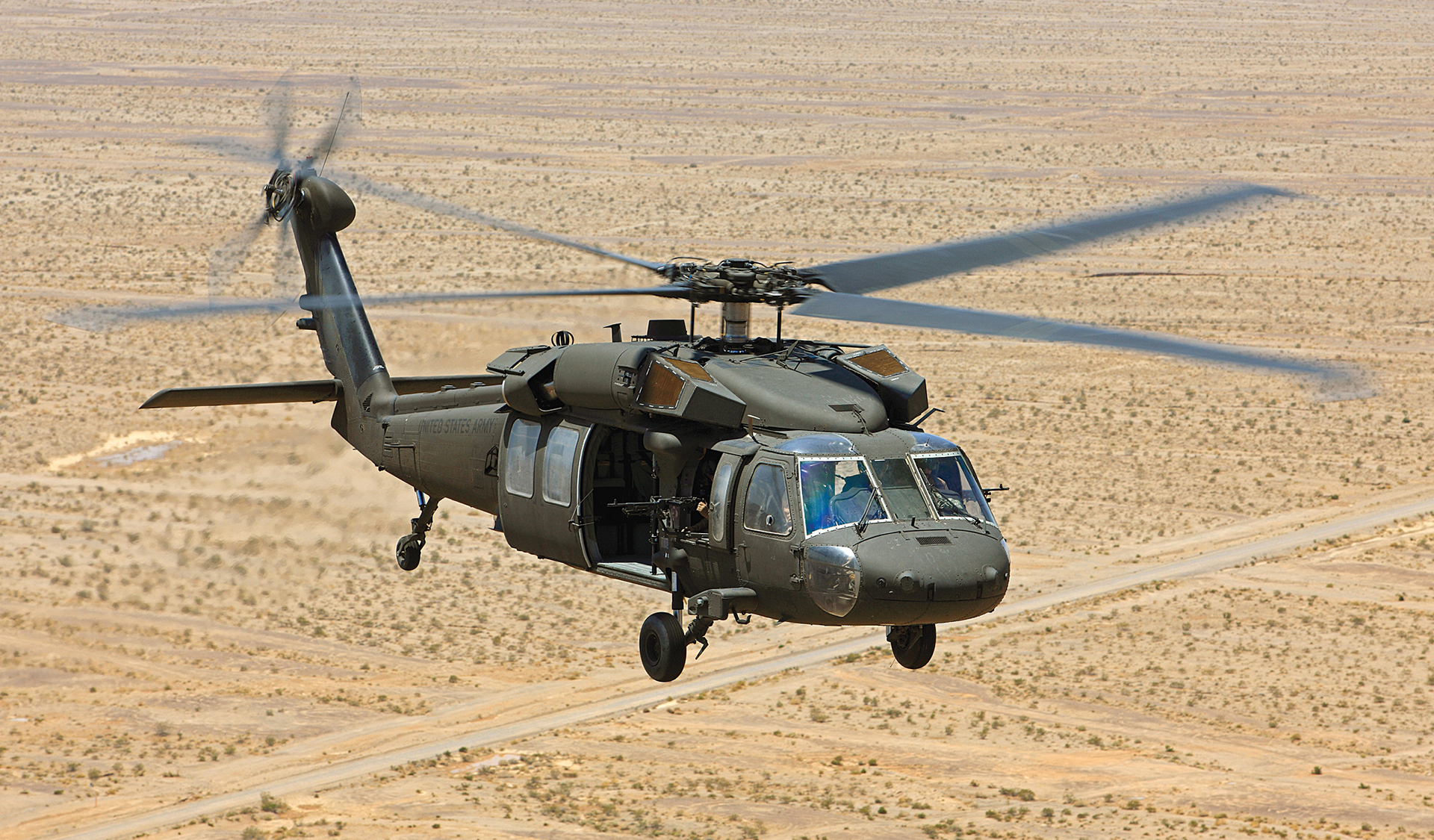Flying High: UH 60 Helicopter Security Protocols You Need To Know
Wiki Article
Navigating Uh 60 Helicopter Regulations and Conformity Needs

Regulatory Framework Overview
The regulatory framework regulating UH-60 helicopter procedures encompasses a facility set of criteria and policies developed by air travel authorities. These policies are created to make sure the reliable and risk-free procedure of UH-60 helicopters in numerous settings. The Federal Air Travel Administration (FAA) plays a central duty in establishing and imposing these laws, which cover a wide variety of functional aspects, including airworthiness requirements, pilot qualifications, upkeep demands, and functional treatments.Compliance with these regulations is vital for helicopter operators to preserve the highest degree of safety and security and operational integrity. Failing to comply with these policies can lead to significant consequences, including crashes, injuries, and governing permissions. Consequently, helicopter operators should remain informed concerning the newest governing advancements and make certain that their procedures are in full compliance with all applicable rules and standards.
Airworthiness Instructions and Inspections
Among the regulative framework governing UH-60 helicopter procedures, a crucial emphasis pushes conformity with Airworthiness Directives and conducting detailed evaluations to support safety and security criteria and functional reliability. Airworthiness Regulations (ADs) are released by aviation authorities to resolve dangerous conditions in airplane, consisting of the UH-60 helicopter, and mandate details actions to be taken by operators or owners. Compliance with Advertisements is obligatory, and failure to stick to these instructions can cause major consequences, consisting of grounding of the airplane.
Normal inspections are extremely important to making certain the airworthiness of UH-60 helicopters. These assessments include a range of checks, from routine day-to-day assessments carried out by pilots before and after flights to more comprehensive set up upkeep evaluations accomplished by licensed auto mechanics. Furthermore, special evaluations might be needed based upon certain problems or events. By sticking to a strict evaluation routine, drivers can spot and address possible issues promptly, thus improving the safety and security and dependability of UH-60 helicopter procedures.
Pilot Certifications and Training

Pilot training for UH-60 helicopters is extensive and covers a variety of topics, consisting of airplane systems, emergency treatments, navigating, and mission-specific training. In addition, pilots undertake simulator training to practice different emergency situation circumstances in a regulated environment. This training assists pilots establish the required abilities to deal with difficult scenarios successfully.


In addition, recurring training and expert growth are vital for UH-60 pilots to remain present with the current guidelines, innovation, and finest methods. By investing in pilot qualifications and training, operators can enhance safety, maximize performance, and make certain compliance with regulatory demands in the operation of UH-60 helicopters.
Operational Limitations and Needs
Pilot credentials and training act as the structure for understanding the operational constraints and requirements associated with UH-60 helicopter operations (uh 60). These functional constraints are established to make sure the safety and security of the staff, guests, and the airplane itself. Operational constraints may include variables such as weather condition problems, weight constraints, visit this page elevation constraints, and operational boundaries. It is critical for pilots to be well-versed in these constraints to make informed decisions throughout trip operations. In addition, conformity needs, such as adhering to certain flight paths, communication protocols, and emergency treatments, are important for maintaining functional safety and security and governing compliance. Pilots have to remain present with all functional constraints and visit this page requirements through regular training, briefings, and reviews to alleviate threats and make sure effective and secure UH-60 helicopter procedures. By focusing on adherence to these functional standards, pilots can enhance the general safety and security and performance of their goals while maintaining governing requirements.Emergency Situation Treatments and Conformity Testing
Efficient emergency treatments and complete conformity testing are essential components of preserving operational safety and security and regulative adherence in UH-60 helicopter procedures. Regular compliance testing ensures that the helicopter meets all regulatory requirements set forth by aeronautics authorities.Compliance screening additionally includes tools onboard the UH-60, such as interaction systems, navigation tools, and safety gear. Making sure that all equipment is operating appropriately and fulfills regulatory criteria is crucial for safe procedures. In addition, compliance screening may entail simulations of emergency situation situations to examine the crew's response and the helicopter's performance under anxiety. By focusing on emergency situation treatments and conformity testing, UH-60 operators can reduce threats and demonstrate their dedication to security and governing compliance.
Conclusion
In conclusion, adherence to governing framework, conformity with airworthiness regulations, pilot credentials and training, functional restrictions, and emergency treatments are essential for browsing the guidelines and demands of running a UH-60 helicopter. uh 60. It is critical for drivers to prioritize security and make have a peek at this site sure complete compliance with all relevant regulations to keep the airworthiness and operational honesty of the aircraftBrowsing the regulatory landscape surrounding UH-60 helicopter procedures demands a nuanced understanding of the detailed internet of rules and compliance needs.Compliance with these regulations is vital for helicopter operators to maintain the greatest levels of security and functional integrity.In the middle of the regulative structure regulating UH-60 helicopter operations, a vital focus exists on conformity with Airworthiness Directives and conducting extensive assessments to maintain security criteria and operational reliability.Reliable emergency treatments and detailed compliance testing are critical components of maintaining operational safety and security and regulatory adherence in UH-60 helicopter procedures. Regular conformity screening makes sure that the helicopter meets all regulative requirements established forth by aeronautics authorities.
Report this wiki page